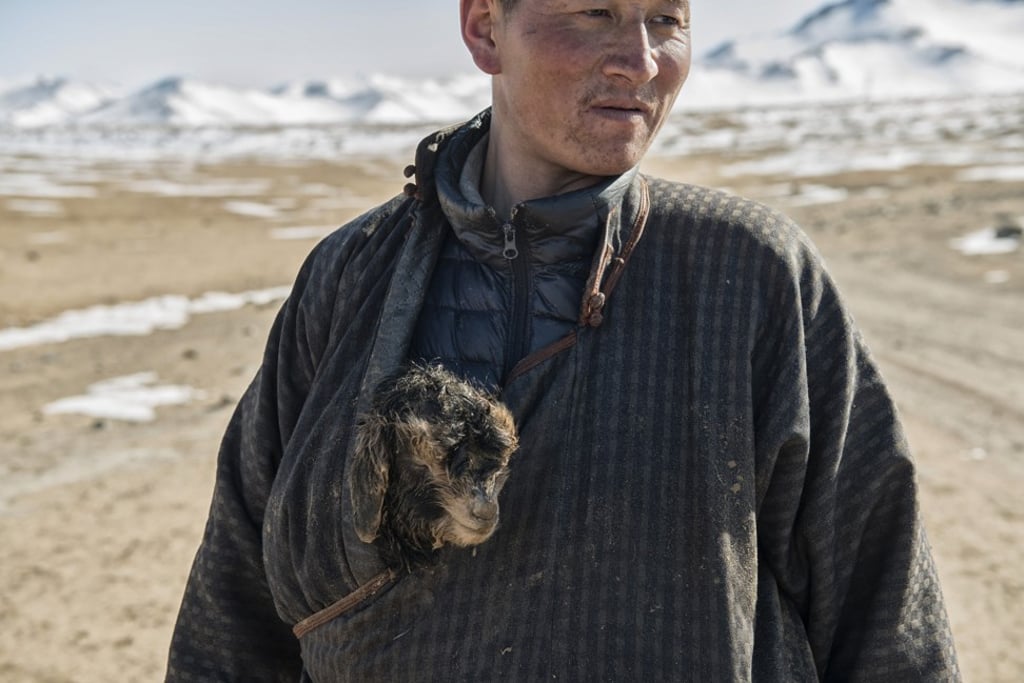Are Mongolia’s lucrative cashmere goats grazing themselves out of existence?
For the country’s nomadic herders, finding land on which to graze their ever larger herds is becoming more difficult as climate breakdown means moving camp up to 30 times a year

Surenkhord Buyanrogtokh is not a busy man. One of 750,000 nomadic Mongolian herders tending 66.4 million animals, he spends most of his time staring at the horizon, watching his charges graze in the vast Gobi Desert.
The Dornogovi provincial government gave Buyanrogtokh an award when his herd surpassed a headcount of 1,000, and another to mark the most camel calves born in Airag district in a single year.
But vegetation is scarce here. Buyanrogtokh, 60, along with his two children, his wife and her mother lead an increasingly nomadic existence. “When rain was more abundant we moved four or five times a year,” he says. “But drought has become persistent since 2010. We have to move more often now.”
By that, he means up to 20 or 30 times a year.

Finding a grazing spot is not easy. They take time to reach from the family’s ger – the traditional Mongolian circular tent – which they must dismantle and rebuild each time they relocate. It’s a slog, especially during the winters, but, ultimately, “life is boring”, shrugs Buyanrogtokh. Out on the plains, “I only have the company of my dog.”
In the spring,life gets busier. “It depends on the weather, but we usually shear the sheep and comb the goats between April and early June,” says Buyanrogtokh. It is a vital part of his work, because the family’s main source of income isn’t the meat they sell or the dairy they produce – “the most profitable product is cashmere”.